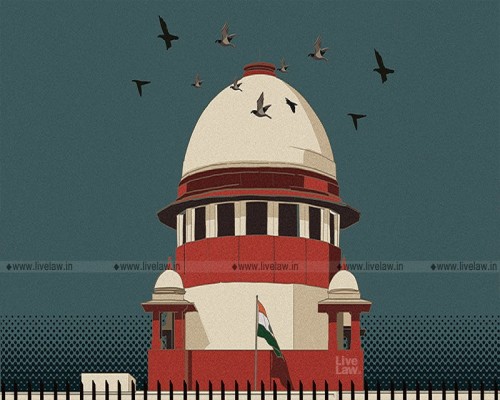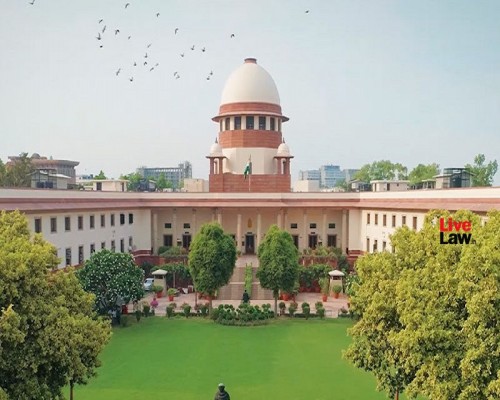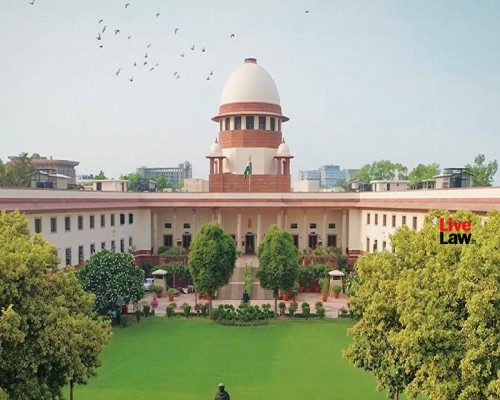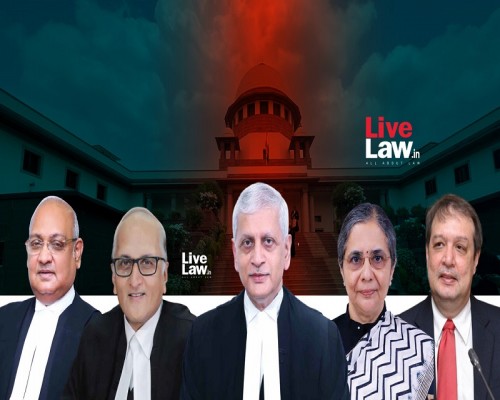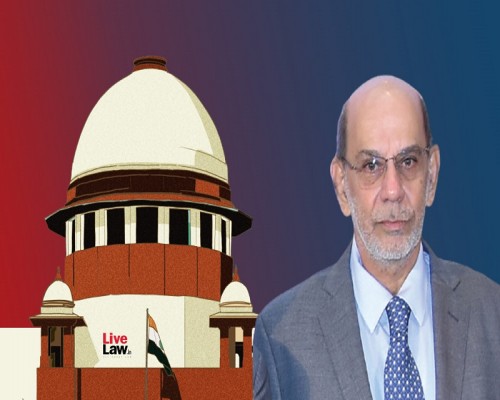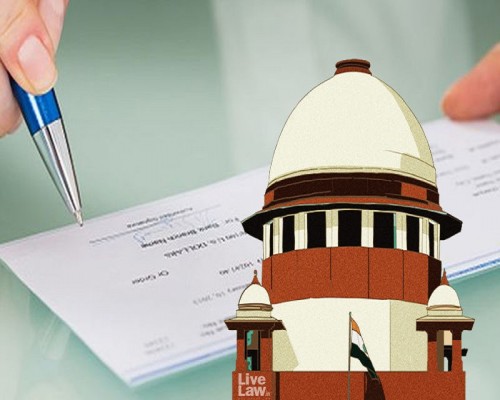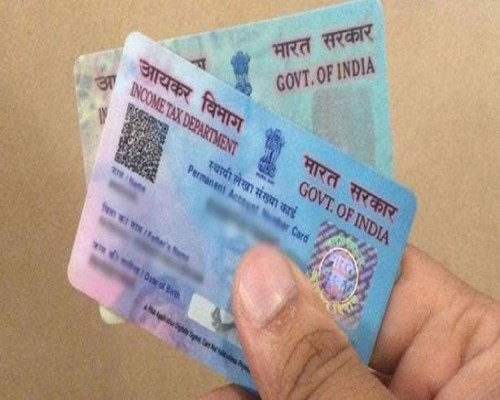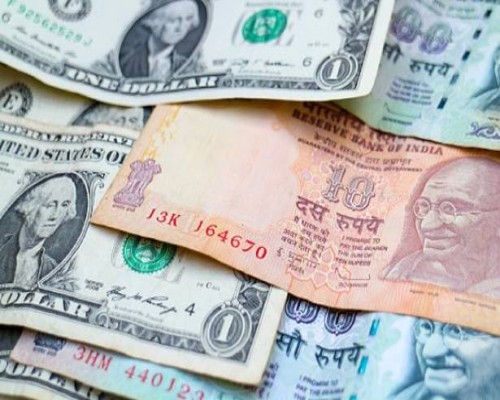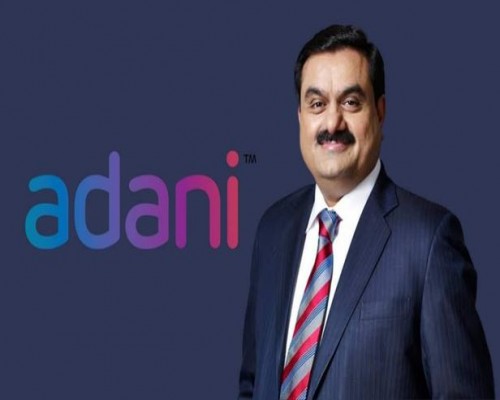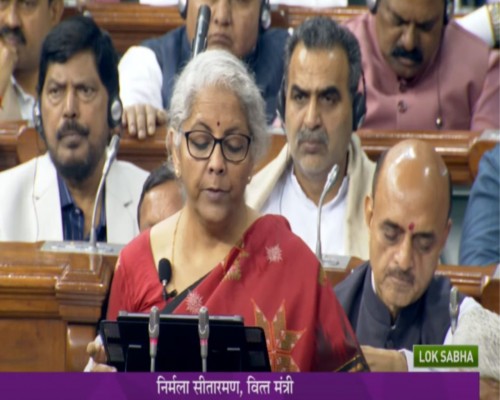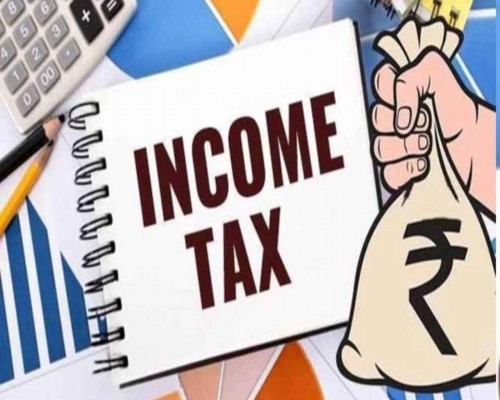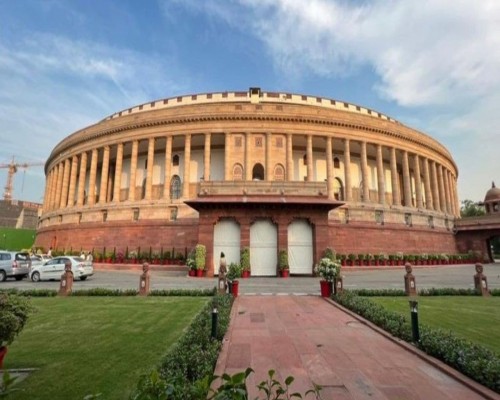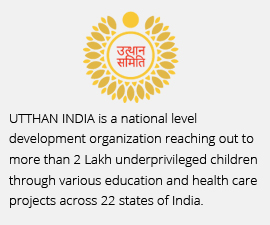Relief for the Middle Class

A major highlight of the budget is the increase in the tax exemption limit from ₹7 lakh to ₹12 lakh, benefiting over one crore taxpayers. This move reduces the financial burden on the middle class and is expected to boost domestic consumption and savings.
Key changes in income tax slabs:
• Up to ₹12 lakh - No tax
• ₹12–12.5 lakh - 15% tax with a ₹3,750 deduction
• ₹12.5–16 lakh - 20% tax
• ₹16–24 lakh - 25% tax
• Above ₹24 lakh - 30% tax
A Budget Focused on Growth
Prime Minister Narendra Modi called the budget a "transformative step", highlighting its focus on:
1. Employment generation – Sectors like infrastructure, tourism, and MSMEs to receive financial support.
2. Startups and MSMEs – Increased credit guarantees and loans up to ₹2 crore without collateral for women entrepreneurs.
3. Tax savings for 75% of taxpayers – Ensuring more disposable income for investment and spending.
Strengthening Rural and Digital Economy
• Agriculture boost with expanded Kisan Credit Cards.
• Digital infrastructure expansion through National Digital Knowledge Mission.
• ₹4.8 lakh crore allocated for Bihar, likely impacting upcoming state elections.
Social Security and Workers' Welfare
• E-Shram portal integration with Ayushman Bharat Yojana.
• Recognition for gig workers and expansion of social security benefits.
Political and Economic Impact
With upcoming state elections in Delhi and Bihar, the middle-class tax relief and development-focused budget could influence voter sentiment. The focus on employment, rural economy, and ease of taxation aims to create long-term financial stability.
Understanding Key Questions About the Budget 2025-26
The Union Budget 2025-26 has introduced several changes impacting taxation, employment, and financial planning. Here are answers to 13 essential questions regarding the budget’s impact:
1. How Many Taxpayers Benefit from the Budget?
The increase in the tax exemption limit from ₹7 lakh to ₹12 lakh will benefit a large number of taxpayers. Those earning up to ₹12 lakh annually will now pay no tax, whereas earlier, they had to pay between ₹20,000 and ₹80,000.
2. Has There Been Any Change in the Income Tax System?
Yes, the revised system provides a tax exemption limit of ₹12 lakh, benefiting salaried individuals and business owners alike.
3. How Will the New Tax Slabs Help Businesses?
Under the new regime, businesses will have an increased tax-free income limit of ₹12 lakh, reducing their overall tax liability and encouraging more savings.
4. What is the Standard Deduction for Salaried Individuals?
The standard deduction remains ₹75,000, ensuring salaried individuals get automatic tax relief.
5. Does the ₹12 Lakh Exemption Apply to Salaried Individuals Only?
No, this exemption is also available for small business owners and professionals, ensuring wider economic benefits.
6. What is the Deadline for Filing Updated Returns?
The deadline for filing updated income tax returns has been extended by four years, allowing taxpayers to revise their past returns without legal penalties.
7. Can Taxpayers Claim Old Deductions?
Yes, taxpayers can still avail deductions under Sections 80C, 80D, and 80E for investments, health insurance, and education loans.
8. Has the Time Limit for Filing Updated Returns Changed?
Yes, the new time limit for filing updated returns has been extended to ensure compliance and allow rectification of past tax filings.
9. Has There Been Any Change in Exemptions for Traditional Taxpayers?
For taxpayers following the old system, there is no change in existing exemptions. However, individuals with an annual income of ₹15,000 or less will continue to enjoy relief.
10. What are the Changes for Real Estate and Infrastructure?
The government has announced increased investment in housing, roads, and infrastructure, with a focus on smart cities and urban development.
11. Will Income from Lottery and Gaming be Taxed?
Yes, winnings from lottery and online gaming platforms will be taxed under the new tax regime.
12. What is the Difference Between Rebate and Marginal Relief?
A rebate is a tax deduction given for lower-income groups, whereas marginal relief is provided to those just above the tax exemption threshold to prevent a sharp tax burden.
13. What are the New Tax Rules for Dividends and TDS?
The budget has simplified dividend taxation, and TDS (Tax Deducted at Source) rates have been streamlined to encourage compliance.




